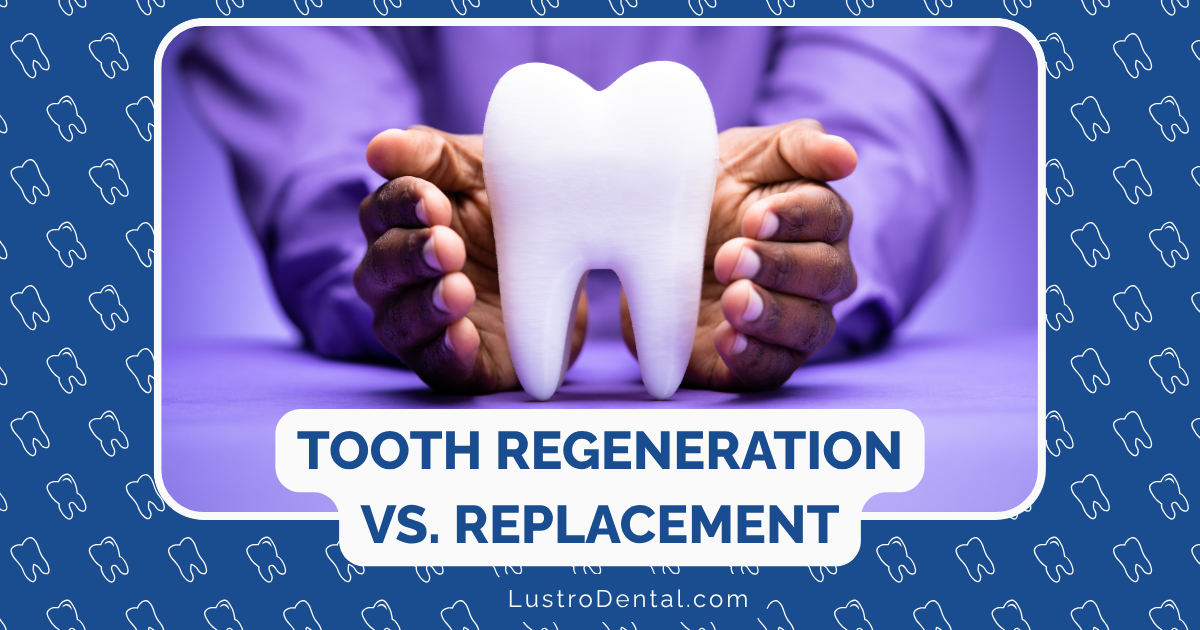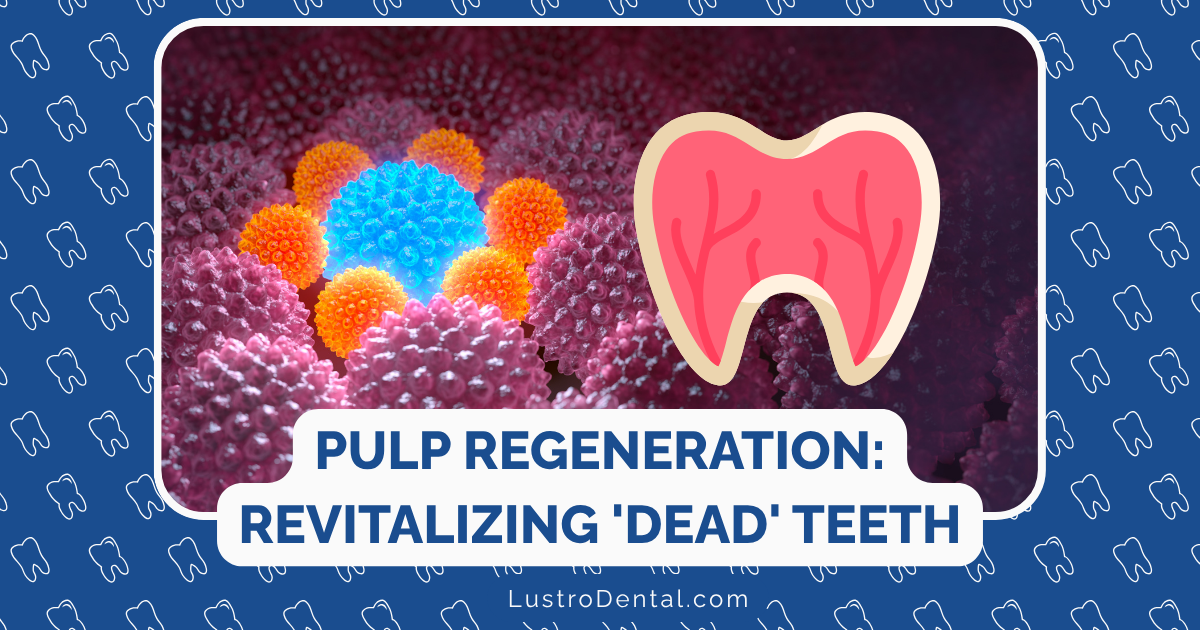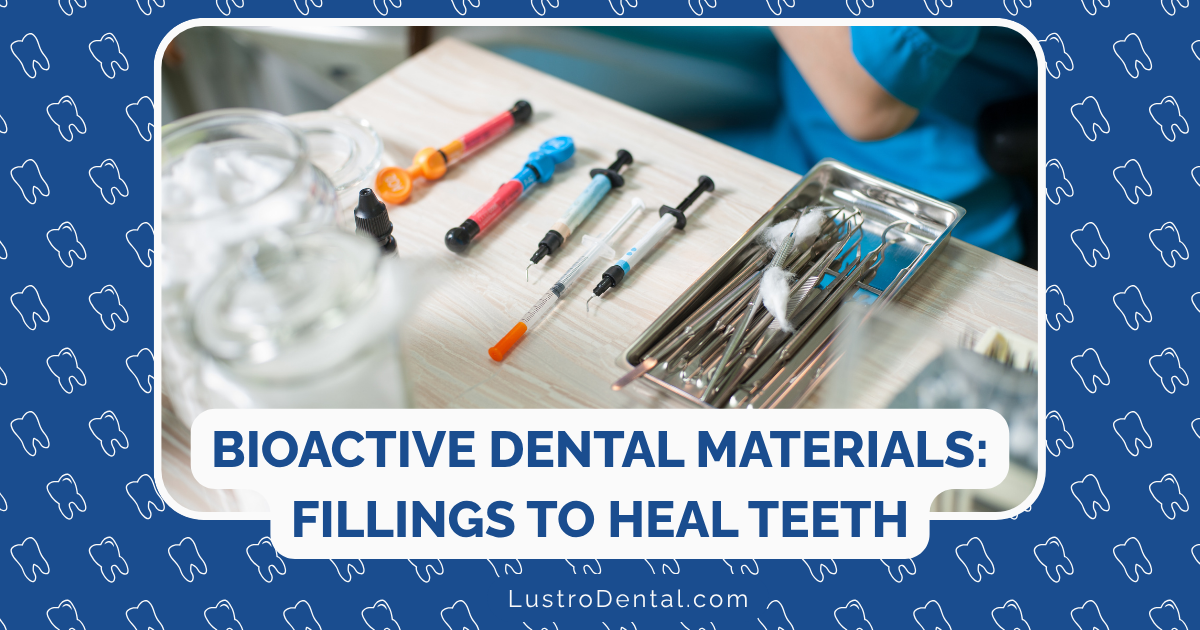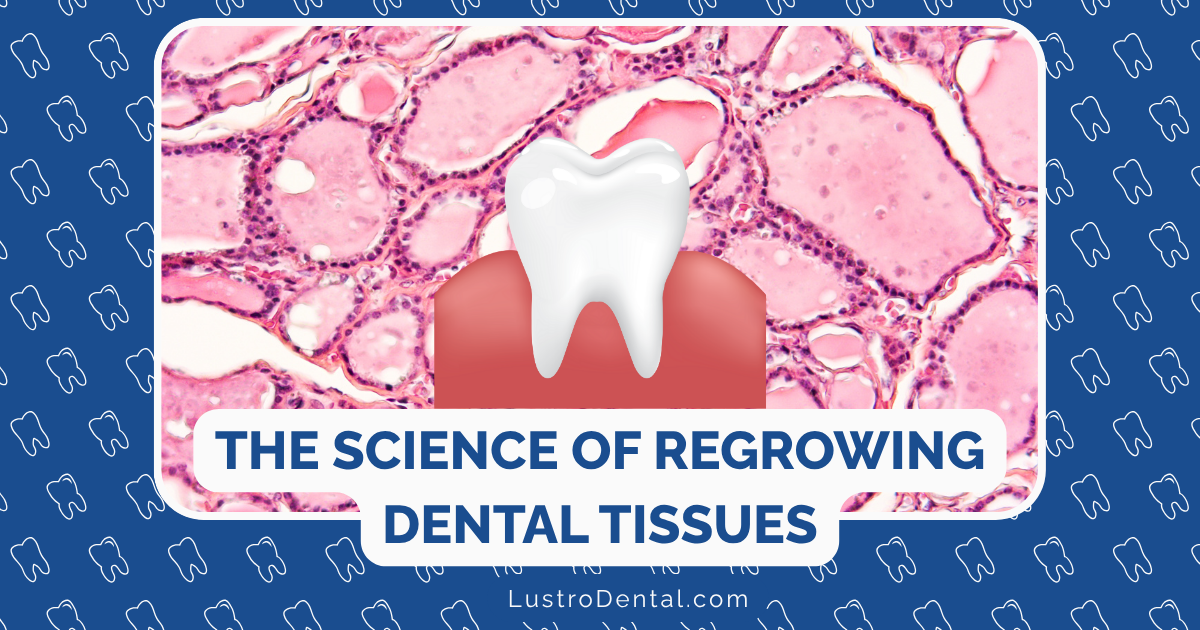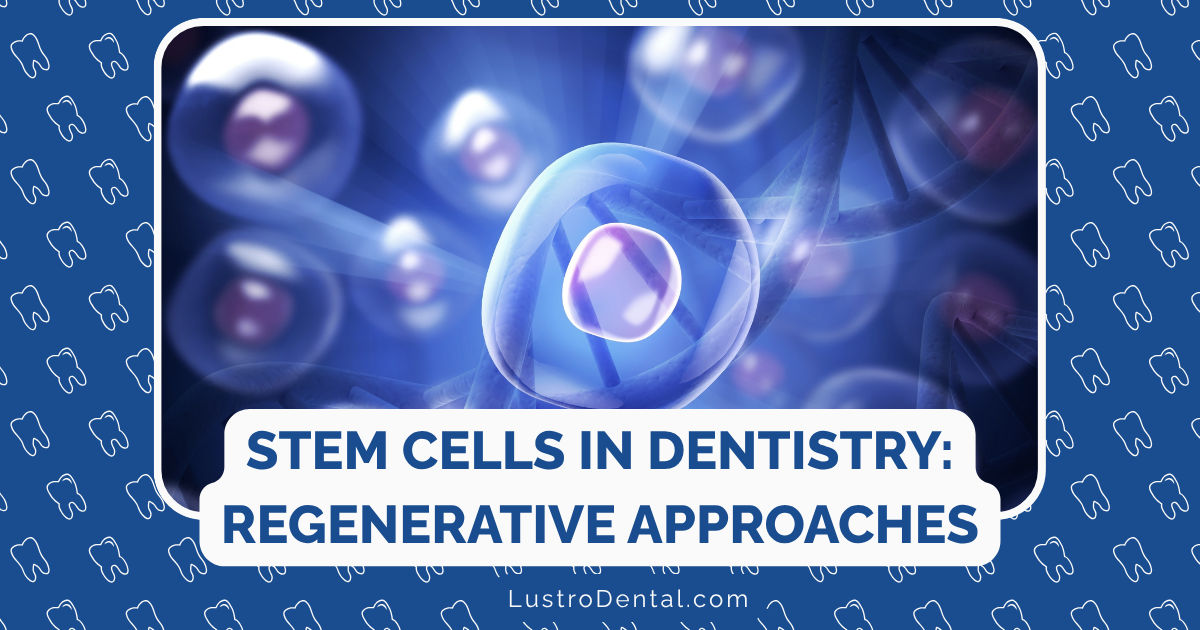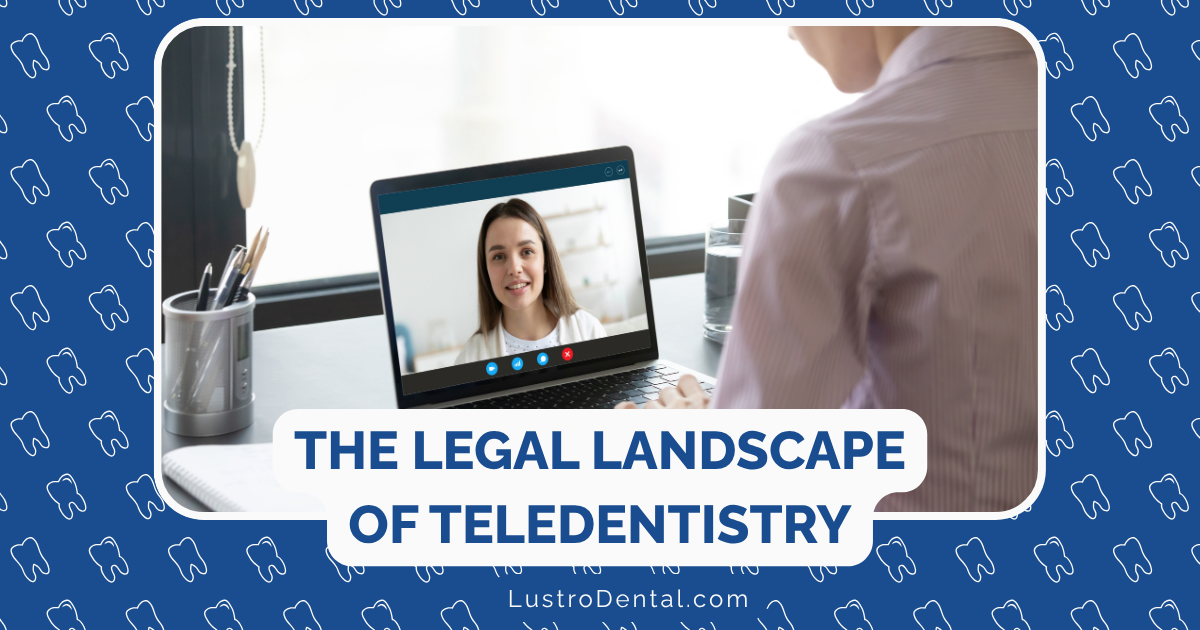Laser Periodontal Therapy: Gentler Gum Disease Treatment with Better Results
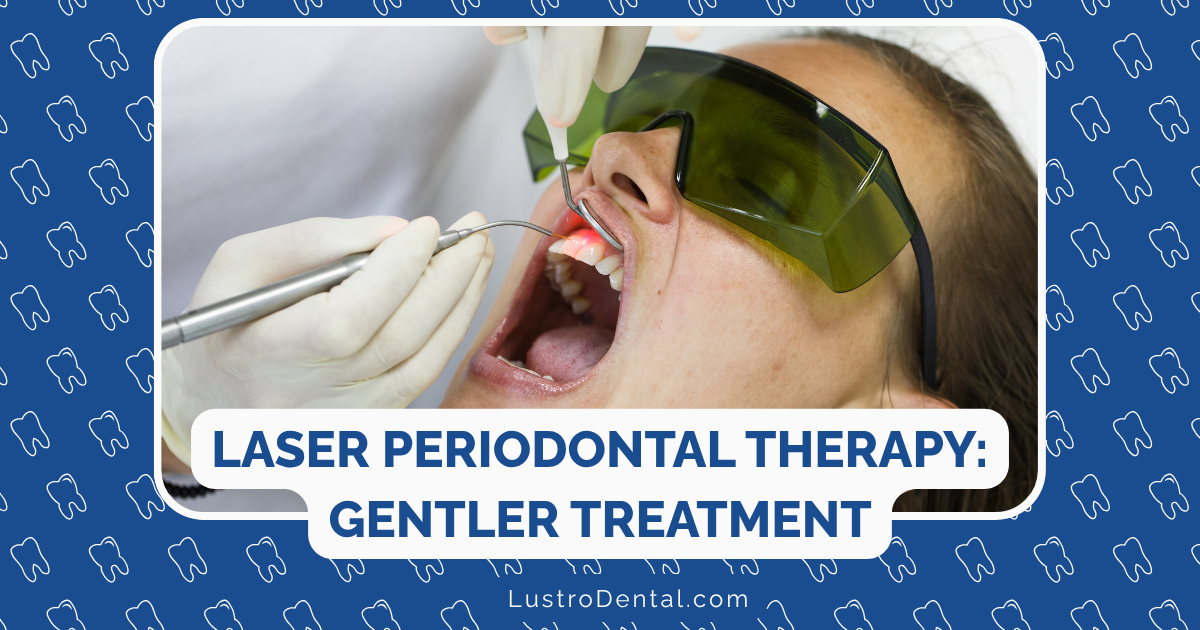
When it comes to gum disease treatment, many patients imagine the traditional approach: scaling and root planing with metal instruments, potential surgical interventions, and a recovery period marked by discomfort. However, modern dentistry has evolved to offer a more patient-friendly alternative—laser periodontal therapy. This innovative approach is changing how we treat periodontal disease, providing gentler care with often superior outcomes.
Understanding Periodontal Disease: A Silent Epidemic
Before diving into treatment options, it’s important to understand what we’re treating. Periodontal disease affects nearly half of Americans over 30, according to the Centers for Disease Control and Prevention (CDC). This inflammatory condition begins as gingivitis—characterized by red, swollen gums that bleed easily—and can progress to periodontitis, where the supporting structures of the teeth become damaged.
Left untreated, advanced periodontal disease leads to:
- Receding gums and exposed tooth roots
- Formation of deep pockets between teeth and gums
- Loose teeth
- Bone loss
- Eventual tooth loss
What makes periodontal disease particularly concerning is its connection to systemic health issues. Research published in the Journal of Periodontology has linked gum disease to heart disease, diabetes, respiratory conditions, and even certain cancers. This makes effective treatment not just a dental concern, but a whole-body health priority.
Traditional vs. Laser Periodontal Therapy: A Paradigm Shift
The Conventional Approach
Traditional periodontal treatment typically follows a progression:
- Scaling and root planing: Using metal instruments to remove plaque and calculus (tartar) from below the gumline
- Antimicrobial treatments: Applying medications to control infection
- Surgical interventions: For advanced cases, procedures like flap surgery, bone grafting, or gum grafting may be necessary
While effective, these approaches can be uncomfortable, require longer healing times, and may result in gum recession or increased sensitivity.
The Laser Revolution
Laser periodontal therapy—particularly the FDA-cleared LANAP (Laser-Assisted New Attachment Procedure)—represents a significant advancement. According to the Academy of Periodontology, laser therapy offers a minimally invasive alternative that can achieve comparable or better results than traditional methods in many cases.
Dr. Samuel Low, Professor Emeritus at the University of Florida College of Dentistry and past president of the American Academy of Periodontology, notes: “Laser therapy has transformed our approach to treating periodontal disease, allowing us to achieve excellent results with significantly less patient discomfort.”
How Laser Periodontal Therapy Works
The LANAP procedure typically follows these steps:
- Assessment: The dentist measures the depth of periodontal pockets to establish a baseline.
- First laser pass: A thin laser fiber (about the thickness of three human hairs) is inserted between the gum and tooth. The PerioLase® MVP-7™ laser, commonly used in LANAP, operates at a wavelength that specifically targets infected tissue and bacteria while leaving healthy tissue intact.
- Ultrasonic cleaning: After the laser has removed diseased tissue, specialized ultrasonic scalers remove calculus from the root surfaces.
- Second laser pass: The laser is used again at a different setting to create a stable blood clot and stimulate the attachment of gum tissue to the tooth root.
- Bite adjustment: The dentist checks and adjusts the bite as needed to prevent excessive force on healing teeth.
The entire process can often be completed in two 2-hour sessions, with half the mouth treated in each session.
The Science-Backed Benefits of Laser Therapy
Research published in the International Journal of Periodontics & Restorative Dentistry has documented several advantages of laser periodontal therapy:
1. Minimal Invasiveness
Unlike traditional surgery that requires cutting and suturing of gum tissue, laser therapy is minimally invasive. The laser selectively removes diseased tissue while preserving healthy gum tissue.
2. Reduced Discomfort and Faster Recovery
A comparative study in the Journal of Clinical Periodontology found that patients who received laser therapy reported significantly less pain and required fewer pain medications than those who underwent traditional surgery. Most patients return to their normal activities within 24 hours.
3. Preservation of Healthy Tissue
The precision of laser technology means that more healthy tissue remains intact. This contrasts with traditional methods that may remove excessive gum tissue, leading to recession and sensitivity.
4. Stimulation of Regeneration
Perhaps most impressively, laser therapy doesn’t just remove diseased tissue—it actively promotes healing. The Journal of the American Dental Association has published research showing that LANAP can stimulate regeneration of bone and connective tissue attachment in ways traditional treatments cannot consistently achieve.
5. Reduced Risk of Infection
The laser sterilizes as it works, killing bacteria in periodontal pockets and creating an optimal environment for healing. This antimicrobial effect can help prevent reinfection during the healing process.
Is Laser Periodontal Therapy Right for You?
While laser therapy offers impressive benefits, it’s not universally applicable for all cases. Ideal candidates include:
- Patients with moderate to severe periodontal disease
- Those seeking alternatives to traditional surgery
- Individuals with health conditions that might complicate traditional surgery
- People who have experienced recurrent periodontal disease despite previous treatments
Factors that might influence suitability include:
- The specific type and severity of periodontal disease
- Overall health status
- Presence of certain dental restorations
- Cost considerations and insurance coverage
A comprehensive evaluation by a periodontist or dentist trained in laser therapy is essential for determining the most appropriate treatment approach.
The Patient Experience: What to Expect
Many patients report that laser periodontal therapy is remarkably different from what they expected based on previous dental experiences or stories they’ve heard about gum surgery.
During Treatment
- Comfort: Most patients require only local anesthesia, with minimal discomfort during the procedure.
- Time: Treatment sessions typically last 2-3 hours per half of the mouth.
- Sensations: Patients may notice the taste of water from the laser cooling system and hear the soft pulsing of the laser, but there’s no drilling noise or vibration.
After Treatment
- Immediate recovery: Most patients experience minimal swelling and can return to normal activities within 24 hours.
- Diet: A soft diet is recommended for a few days to a week, depending on the extent of treatment.
- Oral care: Special oral hygiene instructions will be provided, typically including gentle brushing and rinsing with prescribed antimicrobial solutions.
- Follow-up: Regular check-ups are essential to monitor healing and ensure long-term success.
The Investment: Understanding Costs and Coverage
The cost of laser periodontal therapy varies based on the extent of treatment needed, geographic location, and provider expertise. While typically more expensive per session than conventional cleaning, when comparing to traditional surgical interventions, the cost difference often narrows.
Many dental insurance plans now provide at least partial coverage for laser therapy, recognizing its effectiveness. According to the American Academy of Periodontology, coverage has improved significantly in recent years as evidence supporting laser treatment has accumulated.
Patients should discuss financial considerations with their dental provider, as many offices offer payment plans or financing options to make treatment more accessible.
Maintaining Results: The Importance of Ongoing Care
Regardless of treatment method, periodontal disease requires ongoing management. Studies in the Journal of Clinical Periodontology indicate that patients who adhere to recommended maintenance protocols experience significantly better long-term outcomes.
A typical maintenance program includes:
- Professional cleanings every 3-4 months
- Daily home care with proper brushing and flossing techniques
- Use of recommended oral care products
- Regular monitoring of periodontal health
- Addressing risk factors like smoking or uncontrolled diabetes
Conclusion: A Brighter Future for Periodontal Care
Laser periodontal therapy represents a significant advancement in our approach to treating gum disease. By offering a less invasive, more comfortable experience with excellent clinical outcomes, this technology is helping more patients address periodontal disease before it leads to tooth loss or contributes to systemic health problems.
As with any dental treatment, the key to success lies in working with qualified professionals who can determine the most appropriate approach for your specific situation. If you’re facing periodontal disease, discussing laser therapy with your dental provider could open the door to a more comfortable treatment experience and a healthier smile for years to come.
Have you experienced laser periodontal therapy? Share your experience in the comments below!


